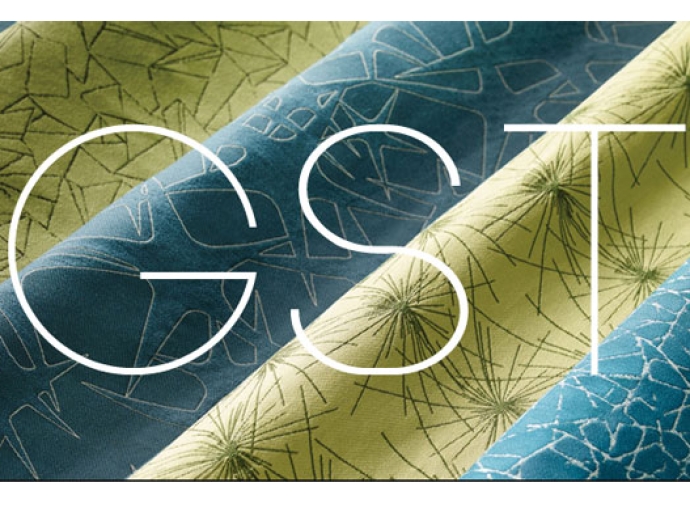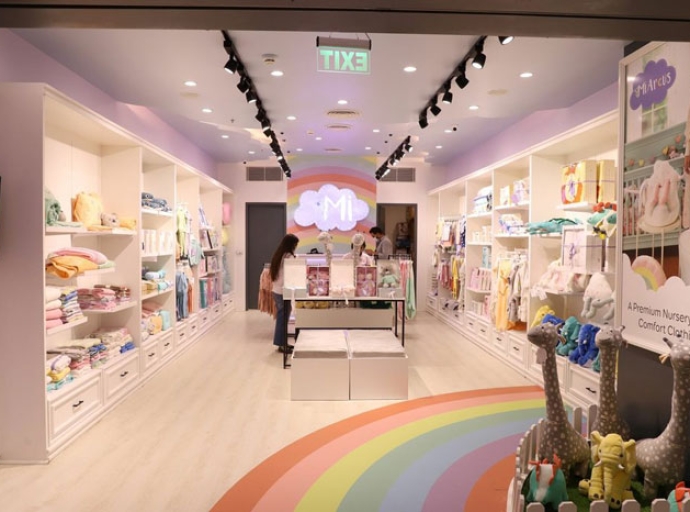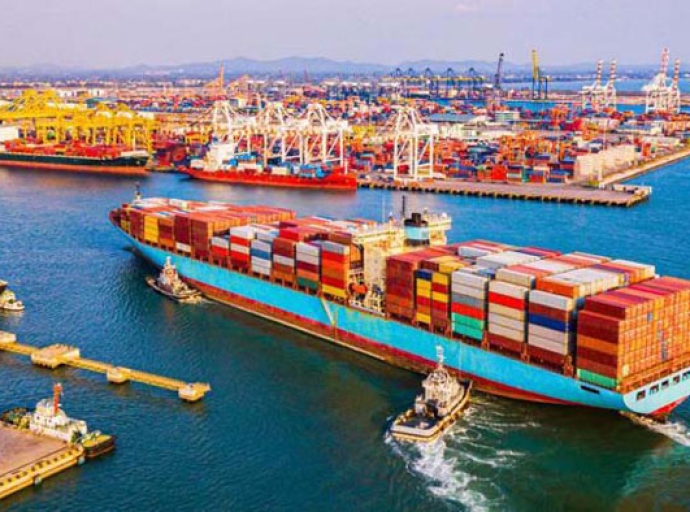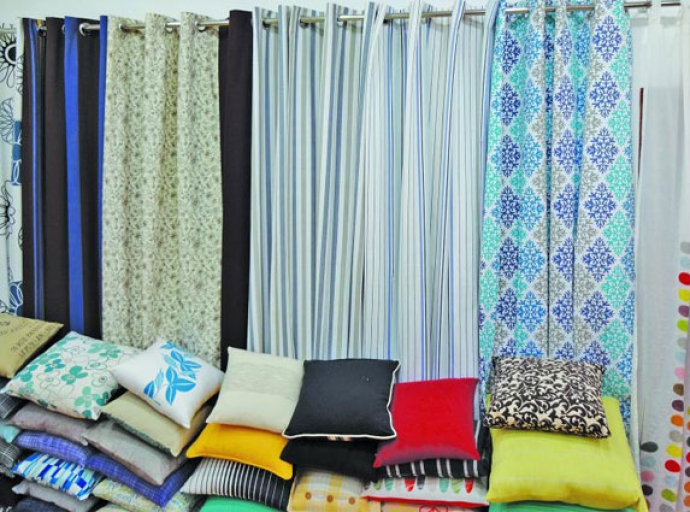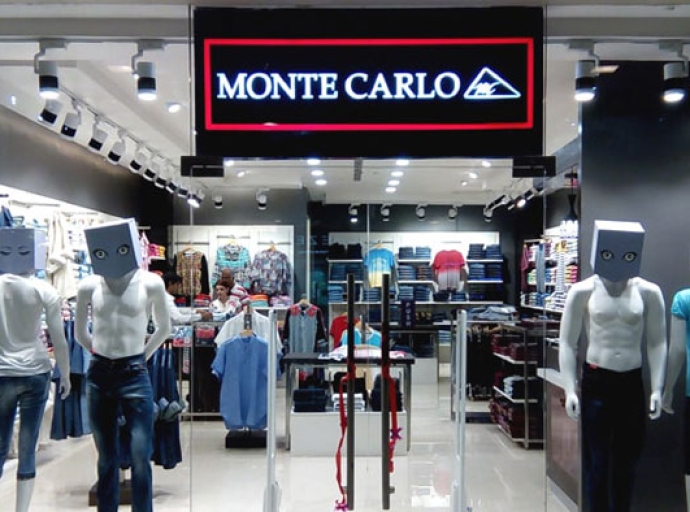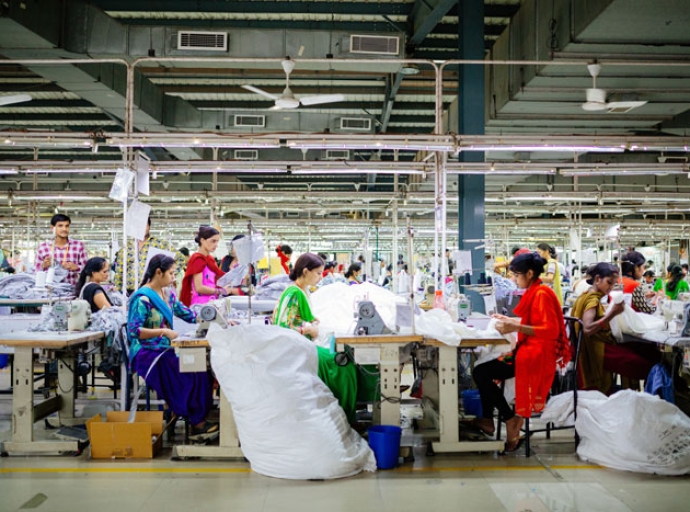8th October 2021, Mumbai:
The largest exporter of home textiles after China, India witnessed a significant increase in home textiles shipments this year. As per a Textile Value Chain report, India’s exports of home textiles including blankets and travelling rugs increased to $108.24 million in July 2021 from around $79.01 in June 2020.
Similarly, exports of bed linen, table linen, toilet linen and kitchen linen increased by 81.8 per cent to $1,260 million while exports of curtains, drapes, interior blinds, valances grew 5.20 per cent to $89.35 million. Furnishing exports except for mattresses, also increased to $1,247.32 million from $805.09 million recorded at the end of July 2020.
US, largest importer of blankets and travelling rugs
The US remained the largest destination for Indian export of blankets and travelling rugs. India’s exports of blankets and travelling rugs to the US increased from $9.33 million in the January-June 2020 period to $10.7 million during the corresponding period of June 2021. India’s exports revenues from the US increased from $0.43 in July 2020 to $0.5 million in July 2021.
Australia emerged as the second largest export destination for blankets and travelling rugs from India during the year through its exports declined by 4.9 per cent. In July 2021, India exported $1.74 million worth of blankets and travelling rugs to Australia against $1.83 million exported during July 2020.
Products worth around $1.7 million were exported from India to China, Canada, and Sweden in July 2021 while exports to the UAE increased 13 per cent to $1.56 million during January -July of 2021.
Sharp rise in export of curtains, drapes, interior blinds, valances
India’s exports of curtains, drapes, interior blinds and valances to the US increased 72.71 per cent to $46.51 million in 2021 from $26.93 million in 2020. In both years, the US remained the largest importer in the category.
It was followed by France and Germany with Indian exports to both countries amounting for $6.24 and $5.56 million in July 2021. India’s exports of curtains, drapes, interior blinds and valances to China recorded a marginal increase of 5.2 per cent from January-July 2021.
On the other hand, exports to the UAE dropped 85.51 per cent from $38.37 million in 2020 to $5.56 million in July 2021.
US’ furnishing imports’ share rises
India’s exports of furnishing articles, except mattresses, etc to the US increased to 724.39 per cent by July 2021 from $455.57 million in July 2020. US’s global share in the imports of these products increased to 58.08 per cent. UK’s and Germany’s global share increased 4.95 per cent and 3.49 per cent respectively to $61.72 million and $43.49 million by July, 2021.
The global share of Canada and Australia recorded a massive increase of 94 per cent with imports worth $39.12 million and $37.08 million January-July 2021 period. Imports of UAE and Spain reached $21 million by the end of July 2021. Imports of other countries totaled $235.84 million.

TOP 5:
1. Flipkart, an Indian e-commerce company, collaborates with PUMA on the ‘1DER' line, which features batsman KL Rahul
2. Consumers will determine growth of sustainable fashion e-comm in India
3. Myntra to offer 1 mn styles from about 7,000 brands at the 'Big Fashion Festival'
4. Maharashtra government honors VIP as 'Best Innerwear Brand' for 2021-22
5. Nike strengthens retail presences with new store at DLF Mall of India,Noida
Return to homepage



